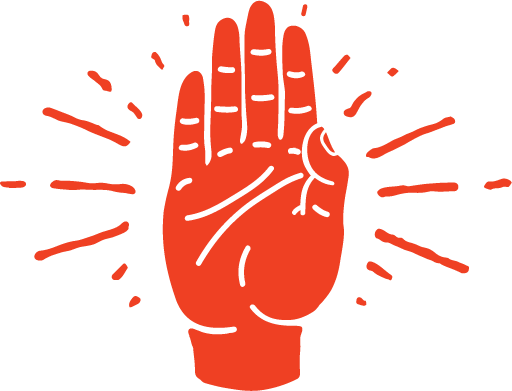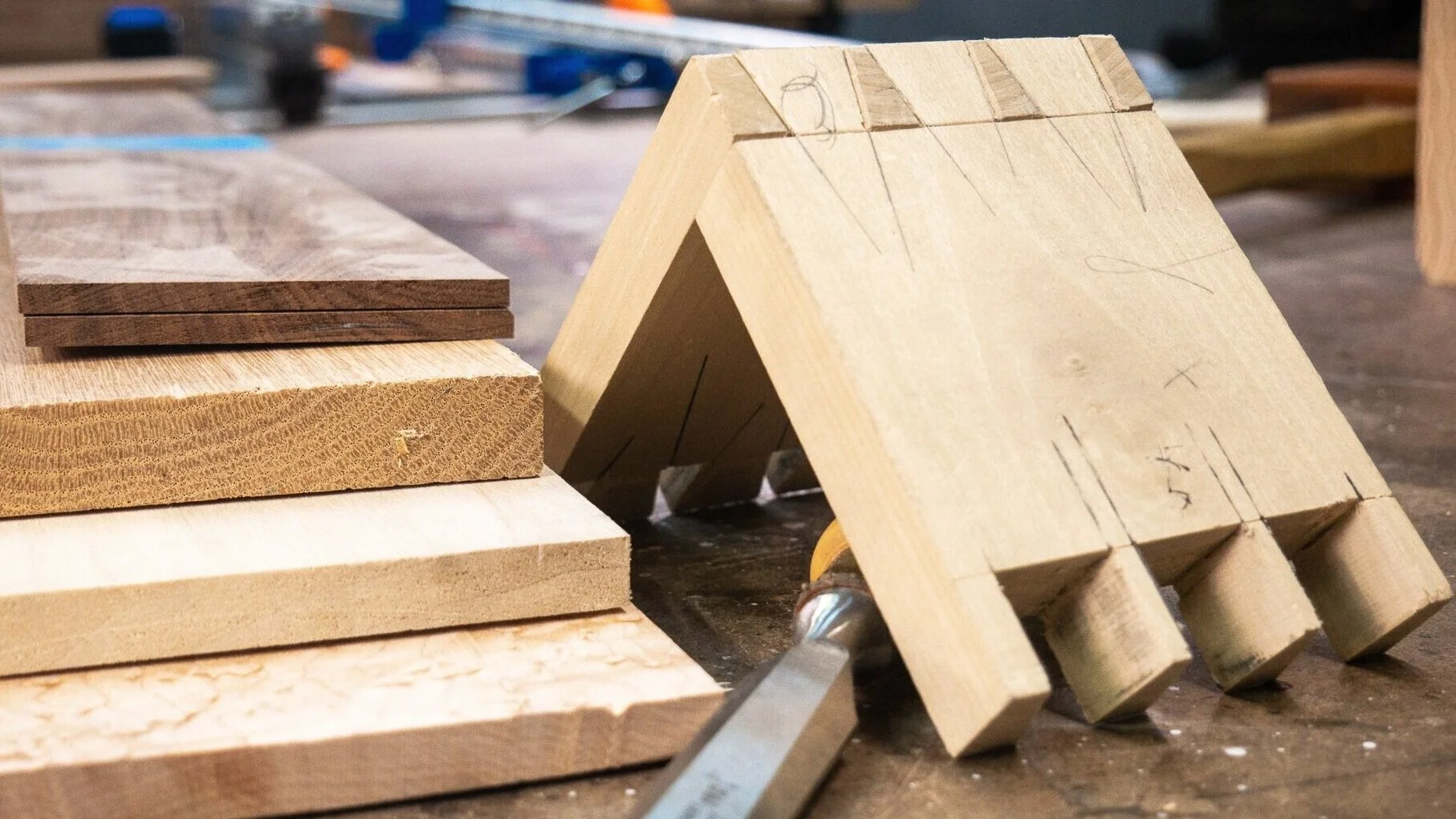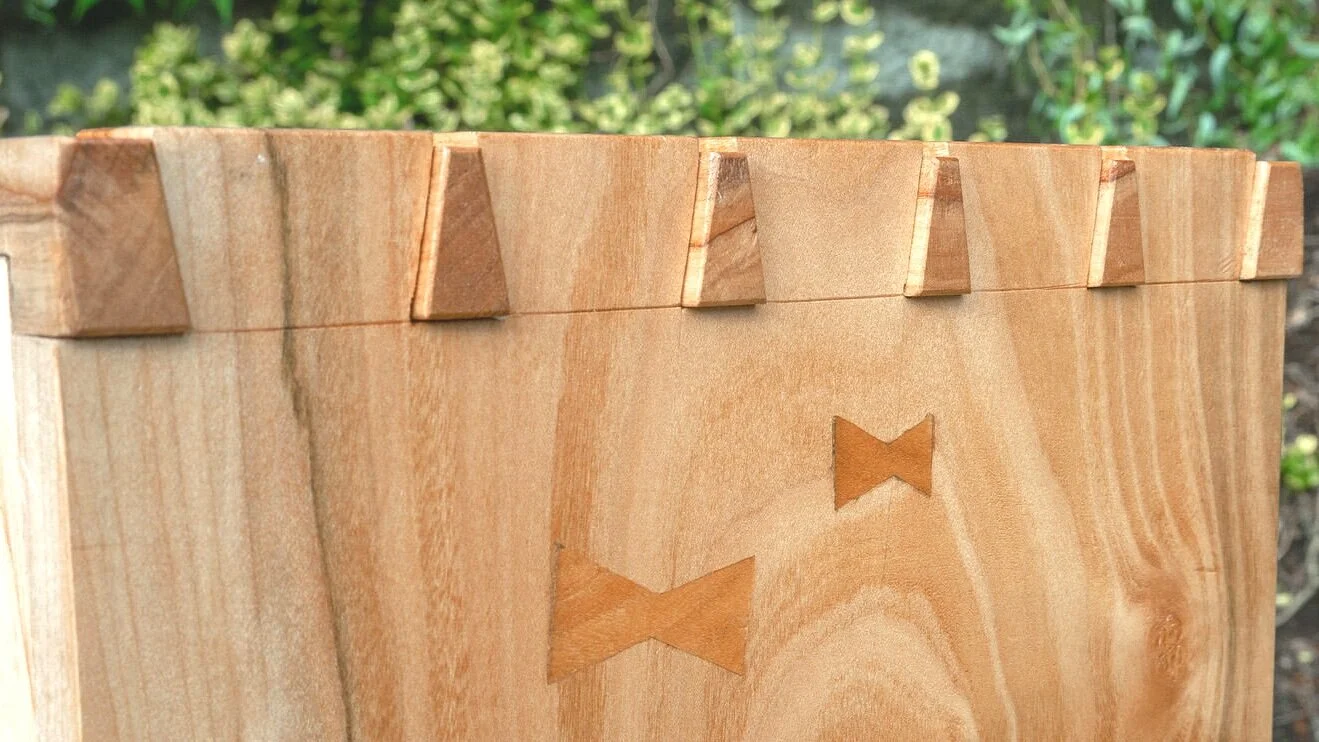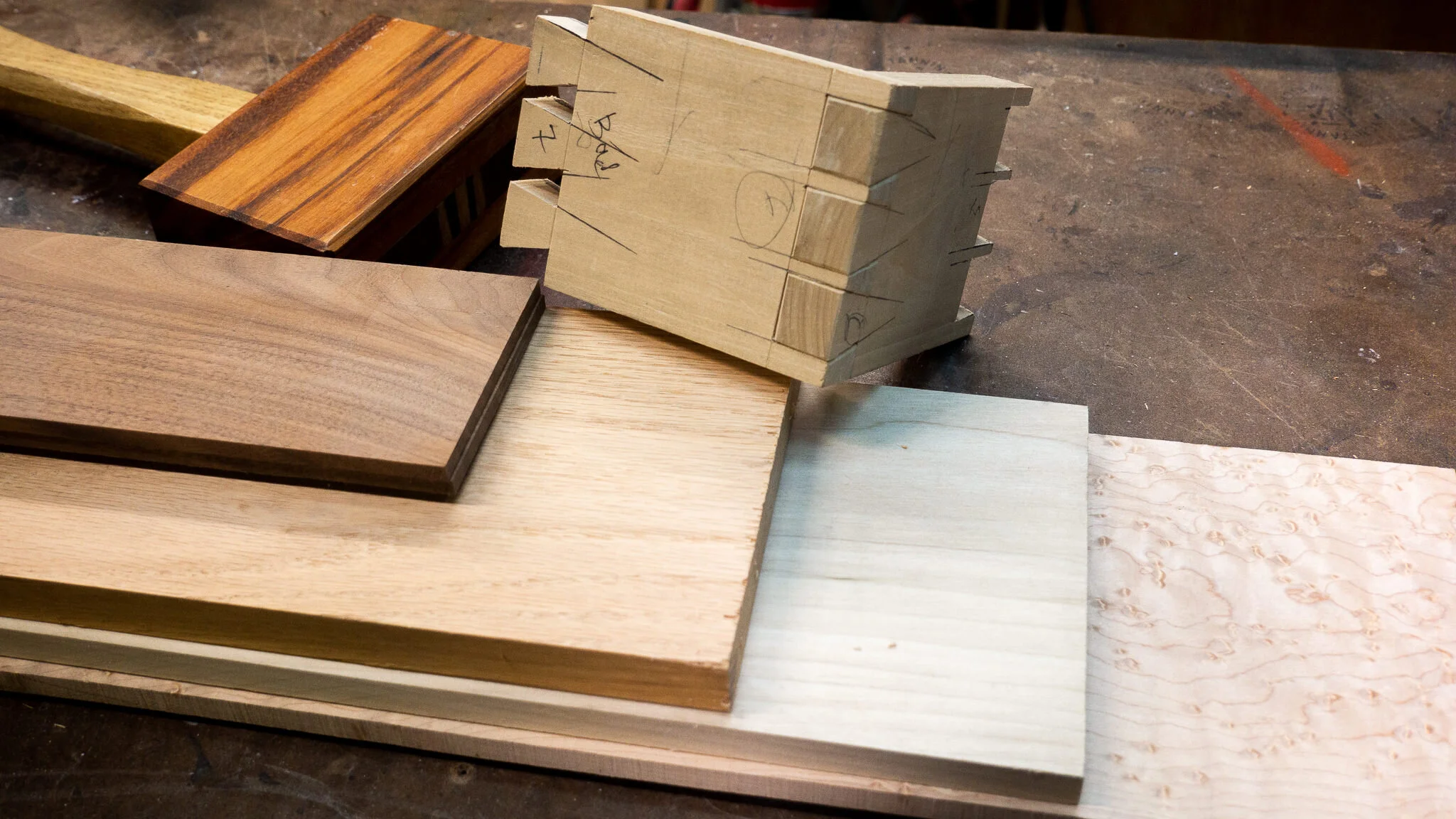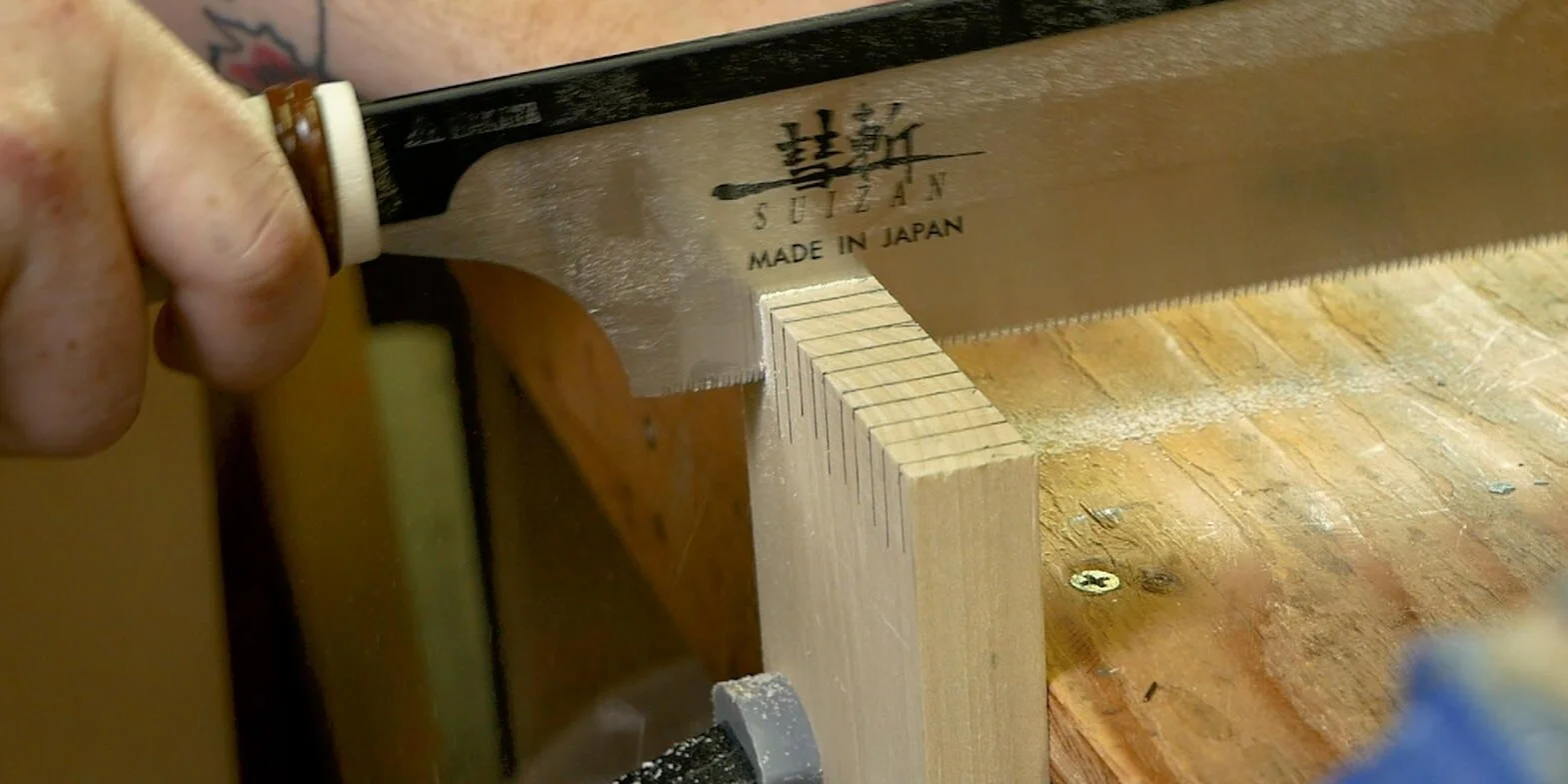What Is The Best Wood to Practice Dovetails On? [ANSWERED]
The 6 Best Types of Wood For Dovetail Practice
Everyone knows if you want to master beautiful, perfectly fitting, tight dovetails you’re going to need to practice. But what is the best wood to practice dovetails on?
There are a lot of different types of wood out there but almost all woodworkers around the internet agree that the best wood to practice dovetails on is poplar. From my own experiences, I would have to agree. It has some of the best properties from both softwood and hardwood while not having big open grain. On top of all that, poplar is a very inexpensive wood to buy and is most likely available at your local home improvement store.
Let’s take a look at some other woods that work well for practicing dovetails, some that don’t, and some helpful dovetail practice tips.
Great Dovetail Practice Species
As mentioned at the top of the article, poplar is my go-to for practicing dovetails, and a favorite among the woodworking community. There are, however, other woods that work well and should be mentioned if there’s no poplar to be had:
Cherry
Readily available and beautiful in color, if you’re not working in cherry a lot you probably will be at some point since it’s a very popular wood to use in making fine furniture wood. It can be a little difficult with occasionally “squirrely” grain, but overall a pleasure to work with.
Soft Maple
Soft maple, or red maple, can be a great wood to practice dovetails on. It has very tight and closed grain making it a joy to saw, chisel, and pare. The fact that it isn’t as heavy, expensive, or tough on tools like its cousin hard maple is a big plus. Maple is also a very common material in woodworking which makes it a no brainer for use as practice.
Mahogany / Sapele
Recommended by a lot of the older woodworkers, mahogany and its alternative sapele have similar properties to poplar. They’re softer and easier to cut, but not as soft as a true softwood.
Honduran mahogany is listed as an endangered species due to its rampant deforestation. African mahogany, sapele, and lauan are great alternatives. Just ask your local lumber supplier exactly what species of “mahogany” they’re selling and their source.
Beech
I can’t get over how much I love this wood. If it wasn’t for the overwhelming majority of woodworkers agreeing that poplar is the best wood for dovetail practice I probably would have listed beech as the #1.
It’s cheap for a hardwood, soft enough not to ruin hand tools, hard enough for use in fine furniture, and has a beautiful creamy look and feel to it. Quarter sawn beech even has some very pretty medullary ray fleck too. It has quickly become my favorite all-around wood in the shop.
Poplar
Poplar might just be the best marriage between a hardwood and a softwood, exhibiting the best qualities of both worlds.
One of the best arguments I found for poplar when I was hunting around the internet is that it’s soft enough to cut easily and “It doesn’t dent when you look at it.”
It’s tight and consistent grain makes it a joy to work with and not very prone to chipping, splitting, or tear-out. As for hand tool use, poplar is a dream to work with.
Being easy to find at almost any home improvement store, already milled, dimensioned, and easy on the pocketbook makes it a no-brainer as practice stock.
Free / Scrap wood
You can’t beat scrap or free wood for the price. Did you royally screw up your dovetails? Big deal. It was scrap. Toss it into the furnace and grab the next piece.
You could even treat it as Russian Roulette by mixing up your scraps, swirling them around in a bucket, closing your eyes and picking out two pieces to use. The best part about this method is you’ll never really know what woods you’ll be practicing on. They could be a softwood, they could be hardwood, they could be plywood, or a combo!
Perfect for staving off boredom in your practice and helps keep the mind more focused on the task at hand since you need to be mindful of the woods you’re using and their different properties.
Worst woods to practice dovetails on
Of course, if you know that you’ll soon be making finished pieces from any particular wood species, it’s never a bad idea to practice on some scraps of that same material. But in general, these woods can hurt your practice more than they help.
Super Hard and Difficult Woods
Species like oak and hard maple are common in the shop but quickly come to mind as bad practice options. Both have a tendency to wreak havoc on the sharpness of your hand tools and oak especially likes to split and chip out.
Outside of the ridiculously hard, rare, and expensive woods like snakewood, lignum vitae, hard maple burl, ironwood, etc., there are actually a few surprisingly bad kinds of wood to practice dovetails with, including softwoods.
Softwoods
Will be more forgiving. Their fibers will compress easier than hardwood. This can be helpful at first, but as you transition into hardwoods you might find that your joints are too tight, or worse, so tight that you split your tailboard. Hardwoods need to be almost perfectly accurate.
Surprisingly softwoods can be equally as brutal, if not more, to your tools than some of the super hardwood species. This is also a good test for your sharpening skills if your chisel will accurately cut a softwood without tear-out.
At the same time, don’t shy away from softwoods, since a lot of drawer boxes you build will most likely have softwood sides. I just don’t recommend softwood for regular dovetail practice.
Pine
While pine is commonly used as drawer sides, it’s not the best to practice good dovetail technique with. You need scary sharp chisels just to pare it properly. In fact, very steep angled chisels, closer to 18º instead of the standard 25-30º, work better.
Another downside to pine is how easily the fibers compress, meaning it will hide a lot of errors if your pins or tails are off. This can be a good thing on a finished piece, but it’s bad for dovetail practice since it enables you to not be as accurate as you would have to be by practicing with a harder wood.
Fir
Fir is a lot like pine, but also worse. Since fir is commonly used as a construction material it is one of the most cultivated woods. Because of this faster-than-normal growth, construction-grade fir has massively wide and open grain.
I found an interesting article here by the U.S. Department of Agriculture dealing with testing douglas fir on the Janka hardness scale if you’re curious how soft it is and fir handles the test.
Old-growth fir might be ok, but that stuff is becoming rare enough that it wouldn’t make sense to use it as practice material.
Cedar / Redwood
Although both smell wonderful when cut, their cuts also have a tendency to be very fuzzy and inaccurate. Redwood is also a species on the verge of being named endangered, making it a poor choice to practice with unless you absolutely must, or you have a bunch of scraps laying around.
Dovetail practice tips:
Stay Sharp - If your chisels are dull, your marking knife is more like a butter knife, and your marking gauge is blunt, you’re going to have a bad time. Make sure all of your tools are freshly sharpened, stropped, and true.
Square and Flat Stock - A critical component to successful dovetail practice is ensuring your stock is flat, with edges 90º to parallel faces, the same thickness, and dry. Trying to fit a cupped tail board into a twisted pinboard is something I would rarely wish on my worst enemies.
Small Is Super - I’ve found that the best size stock to practice my dovetails on is around 6” wide, 6” long, and about ¾” thick. These dimensions give you enough room width-wise for at least three tails and long enough to flip around and use the other end without a lot of wasted wood. 6” long is also about as short as you can get before you can’t put the stock in a vice correctly.
Sharp Marks over Sharp Pencil Lines - Pencils are great but nothing beats a sharp marking knife line for dovetail and chisel work. The line a marking knife leaves behind is much more accurate than a pencil and there’s tangible feedback when your chisel locks into the line. Pencils do come in handy to fill in the marking knife line if you’re having trouble seeing it though.
Sunny Colored Woods - Lighter-colored and closed-grain wood is better for practice. You can see your marking lines better and pencil stands out more.
Practicing straight and perpendicular cuts is a great way to brush up on your dovetail skills.
Saw Straight - One of my favorite things to do when I haven’t cut dovetails in a while is to practice straight and perpendicular cuts in the end grain. This is, after all, the key to good dovetails.
Stay True to Good Technique - Don’t be afraid to brush up on your dovetail technique before taking saw to wood. Here are a few of my favorite dovetail technique resources:
Forget The Wood. Just, PRACTICE!
At the risk of sounding like a broken record, the reality is your dovetails will only be as good as your practice.
Don’t let what species of wood you have on hand, or don’t have on hand, deter you from getting out in the shop and cutting some dovetails. Practice with what you have, change and adapt as needed.
Leave a comment below and let me know what your favorite wood to practice dovetails on is!
